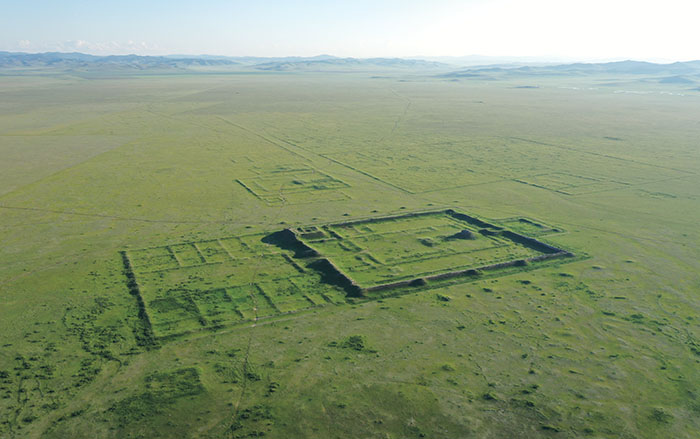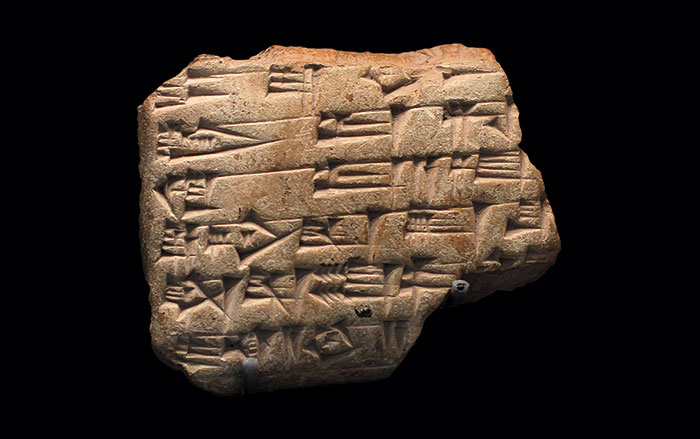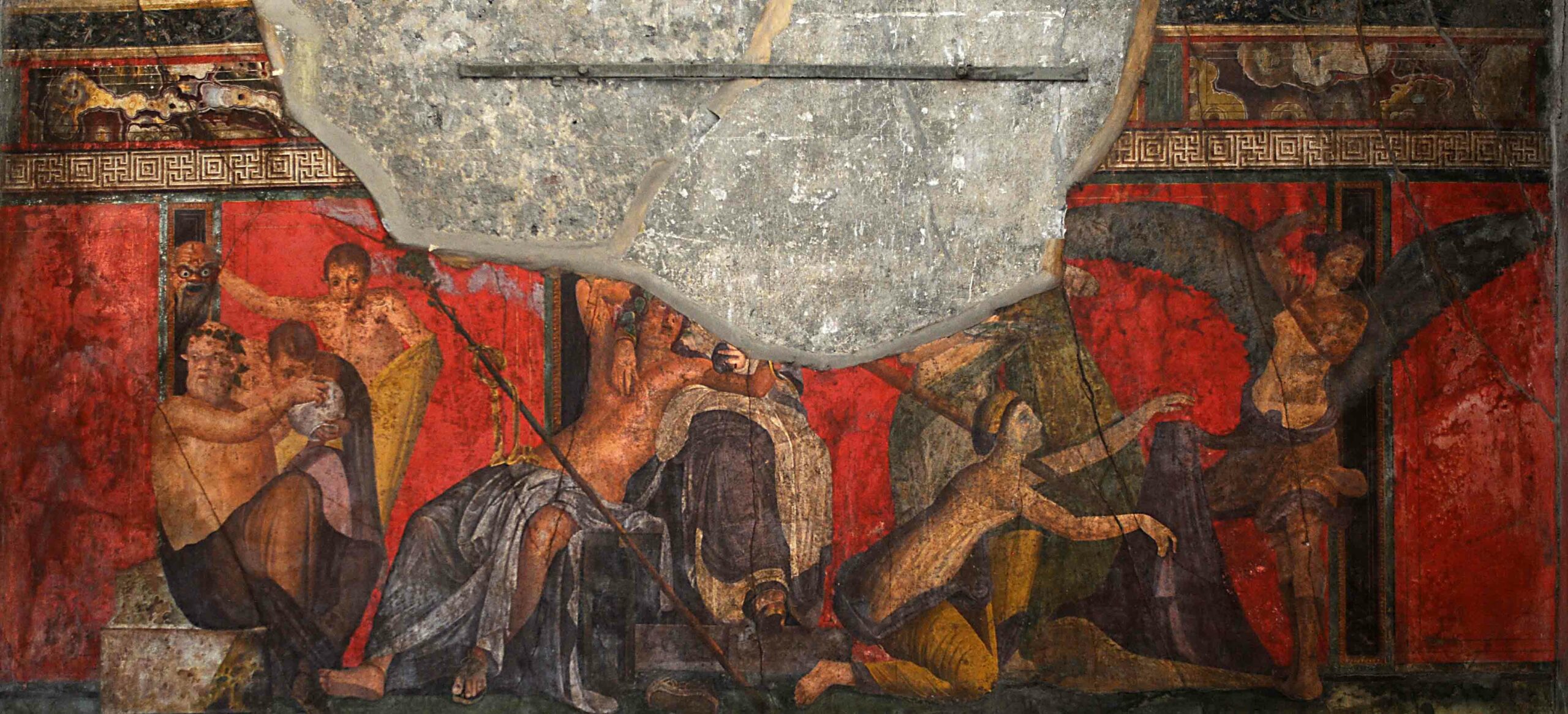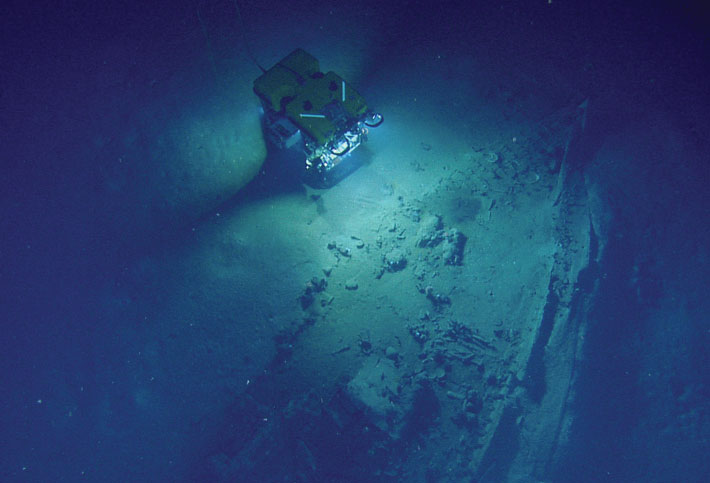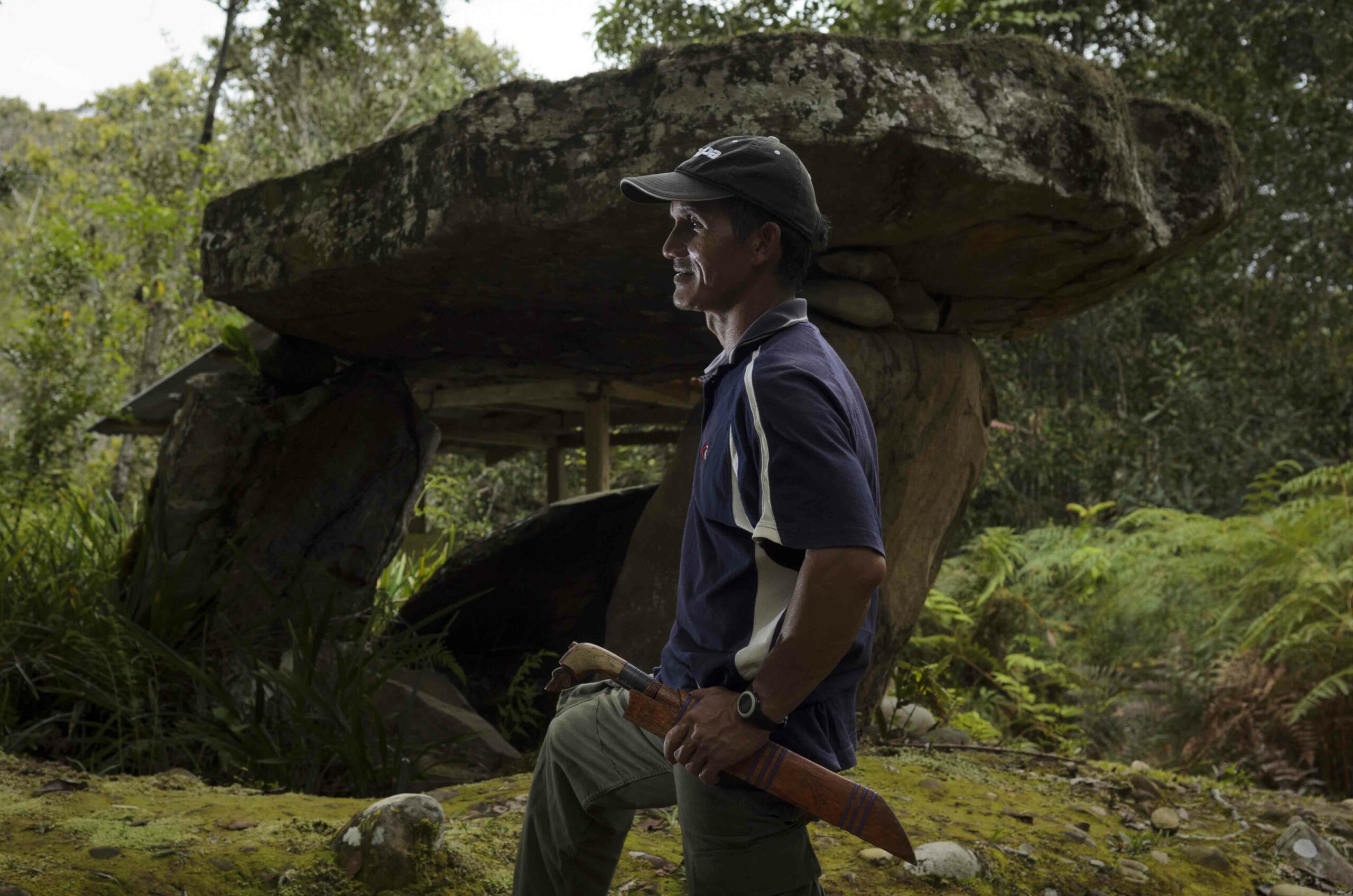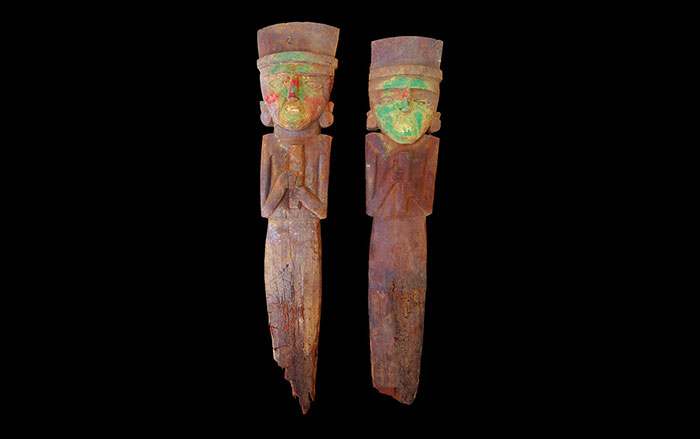
MADISON, WISCONSIN—Flooding of the Mississippi River may be to blame for the eventual abandonment of Cahokia, the largest pre-Columbian city in North America north of Mexico. Sediment cores taken from a lake near the remains of the city contain a thick layer of silt dating to A.D. 1200, plus or minus 80 years. Samuel Munoz of the University of Wisconsin-Madison estimates that such a massive flood could have wiped out crops and destroyed the houses of more than 15,000 people. Munoz’s study of pollen in the area shows that the people deforested the land and grew corn, squash, sunflower, and little barley. “I think the relationships between flooding and the decision to abandon the settlement are pretty complicated, but it’s surprising and exciting to discover this flood happened right in the middle of a key turning point in Cahokia’s history,” he told Live Science.



